Physiology of Domestic Animals
Out of stock
The processes of life are complex, and even for the simplest unicellular organism the physiological mechanism are not completely understood. How then are our chances to understand the Functioning of the vertebrate body. Which may be composed of more than hundred thousand billion calls? Each of these cells is a delimited unit. Together, the vast numbers of cells collaborate to make one body, one animal with its specific identity. To achieve this, the cells of the body continuously exchange information, and a countless number of regulating mechanisms keep the internal science, and it may seem like a futile endeavor to try to penetrate this matter. However, the principles for regulation and control of most of the physiological processes are rather similar, and the main features of animal physiology are fortunately easy to understand. In order to provide structure to a complex field, physiology textbooks commonly group the bodily functions in a few main subdivisions, like digestion, reproduction and circulation. The chapter titles of our textbook tell which sub-divisions we have adopted. This manner of treating physiology may lead to the misconception of separate organ system that operate independently. Nothing could he more wrong. The body is one functional unit, and the physiological processes in all cells and organs of the body merge and are tightly coupled. We have emphasized this unity by frequent use of cross-reference to other chapters. Apparently, it is not possible to understand how the body functions without a basic knowledge of anatomy. The anatomical descriptions in this textbook are restricted to the minimum required to comprehend the physiological processes. Further reading of the anatomy of domestic animals is therefore recommended. Insight in Physiology requires understanding of basic physics, and biochemistry. We have therefore included an introductory chapter that presents an over-view of some of the most relevant topics from these fields of science. This chapter is too superficial to provide an independent introduction to these fields, and it is mainly intended as a reference text for students who have previously studied basic science. There are no logical boundaries cell biology and physiology, and detailed knowledge of cell biology is a necessary platform for the understanding of animal physiology. Consequently, the second chapter provides an introduction to cell biology, and should he given the same priority as the other chapters of the textbook. The chapters start with a brief description of major aspects of the topics covered. The remaining part of the chapter provides a basis for profound understanding of the physiological processes. All chapters include clinical examples. These examples are selected to illustrate the normal functions of the body, and not to provide deeper insight in pathological processes or treatment of diseases. The importance of a Specific physiological mechanism can effectively he demonstrated by the symptoms that develop when this mechanism is malfunctioning. We also believe that such examples motivate the students and stimulate their curiosity. Each chapter is concluded by questions, which may be used as a tool to ascertain whether the reader ahs achieved the intended insight. We have also included references to books and articles recommended for further reading. In physiology, the ingeniously simple and the in comprehensively complex are two sides of the same coin. Our research within various fields of physiology has given us a feeling us a humble veneration for the incredible system of processes and details that constitute a living organism. It is our hope that this textbook will convey some of the feeling to our readers.

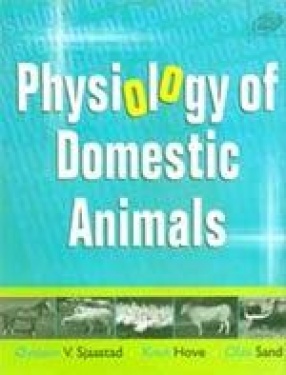

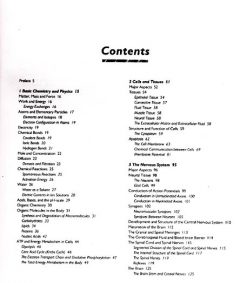
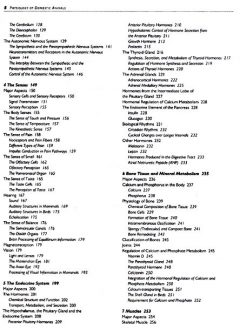
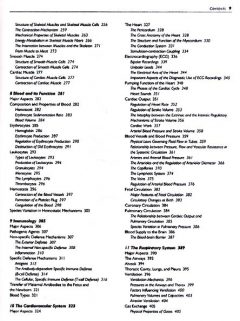
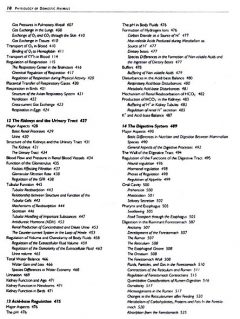


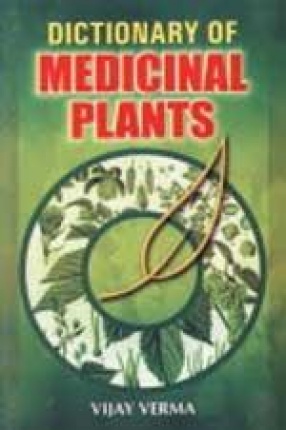
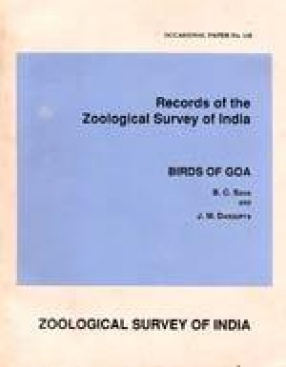
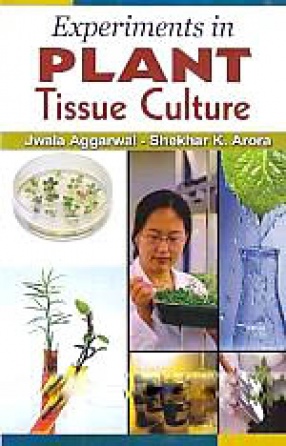
There are no reviews yet.